
| Version | Summary | Created by | Modification | Content Size | Created at | Operation |
|---|---|---|---|---|---|---|
| 1 | Beatrix Zheng | -- | 2425 | 2022-10-21 01:42:23 |
Video Upload Options
Obon (お盆) or just Bon (盆) is a Japanese Buddhist custom to honor the spirits of one's ancestors. This Buddhist–Confucian custom has evolved into a family reunion holiday during which people return to ancestral family places and visit and clean their ancestors' graves when the spirits of ancestors are supposed to revisit the household altars. It has been celebrated in Japan for more than 500 years and traditionally includes a dance, known as Bon Odori. The festival of Obon lasts for three days; however, its starting date varies within different regions of Japan. When the lunar calendar was changed to the Gregorian calendar at the beginning of the Meiji era, the localities in Japan responded differently, which resulted in three different times of Obon. Shichigatsu Bon (Bon in July) is based on the solar calendar and is celebrated around the 15th of July in eastern Japan (Kantō region such as Tokyo, Yokohama and the Tōhoku region), coinciding with Chūgen. Hachigatsu Bon (Bon in August), based on the lunar calendar, is celebrated around the 15th of August and is the most commonly celebrated time. Kyū Bon (Old Bon) is celebrated on the 15th day of the ninth month of the lunar calendar, and so differs each year, which appears between August 8 and September 7. One exception was in 2008 and 2019, when the solar and lunar calendar matched, and so Hachigatsu Bon and Kyū Bon were celebrated on the same day. Kyū Bon is celebrated in areas such as the northern part of the Kantō region, Chūgoku region, Shikoku, and Okinawa Prefecture. These three festival days are not listed as public holidays, but it is customary for people to be given leave.
1. History of bon Matsuri
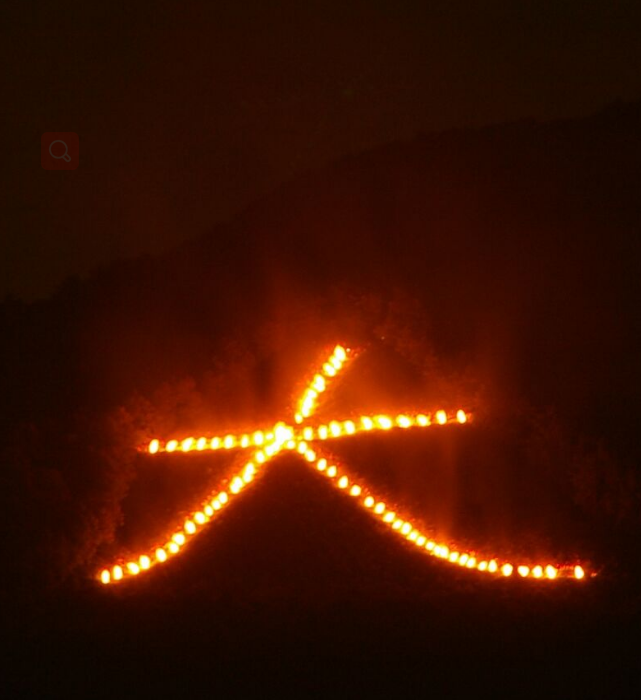
File:Bon-odori-2014.ogv The Japanese Bon Festival originated from the Ghost Festival of China, which is itself a combination of the Buddhist Yúlánpén (Chinese: 盂蘭盆) Festival and the Taoist Zhongyuan (中元) Festival.
The Buddhist tradition originates from the story of Maha Maudgalyayana (Mokuren), a disciple of the Buddha, who used his supernatural powers to look upon his deceased mother only to discover she had fallen into the Realm of Hungry Ghosts and was suffering.[1] Greatly disturbed, he went to the Buddha and asked how he could release his mother from this realm. Buddha instructed him to make offerings to the many Buddhist monks who had just completed their summer retreat on the fifteenth day of the seventh month. Mokuren did this and, thus, saw his mother's release. He also began to see the true nature of her past selflessness and the sacrifices she had made for him during her lifetime. The disciple, happy because of his mother's release from suffering and grateful for her many kindnesses, danced with joy. From this dance of joy comes the Bon Odori or "Bon Dance", a time during which ancestors and their sacrifices are remembered and appreciated. See also: Ullambana Sutra.
As Obon occurs in the heat of the summer, participants traditionally wear yukata, a kind of light cotton kimono. Many Obon celebrations include a huge carnival with rides, games, and summer festival foods.[2]
During the festival, families traditionally sent their ancestors' spirits back to their permanent dwelling place under the guidance of fire in a ritual known as Okuribi ("sending fire"). Fire also marks the commencement (Mukaebi) as well as the closing of the festival.[3]
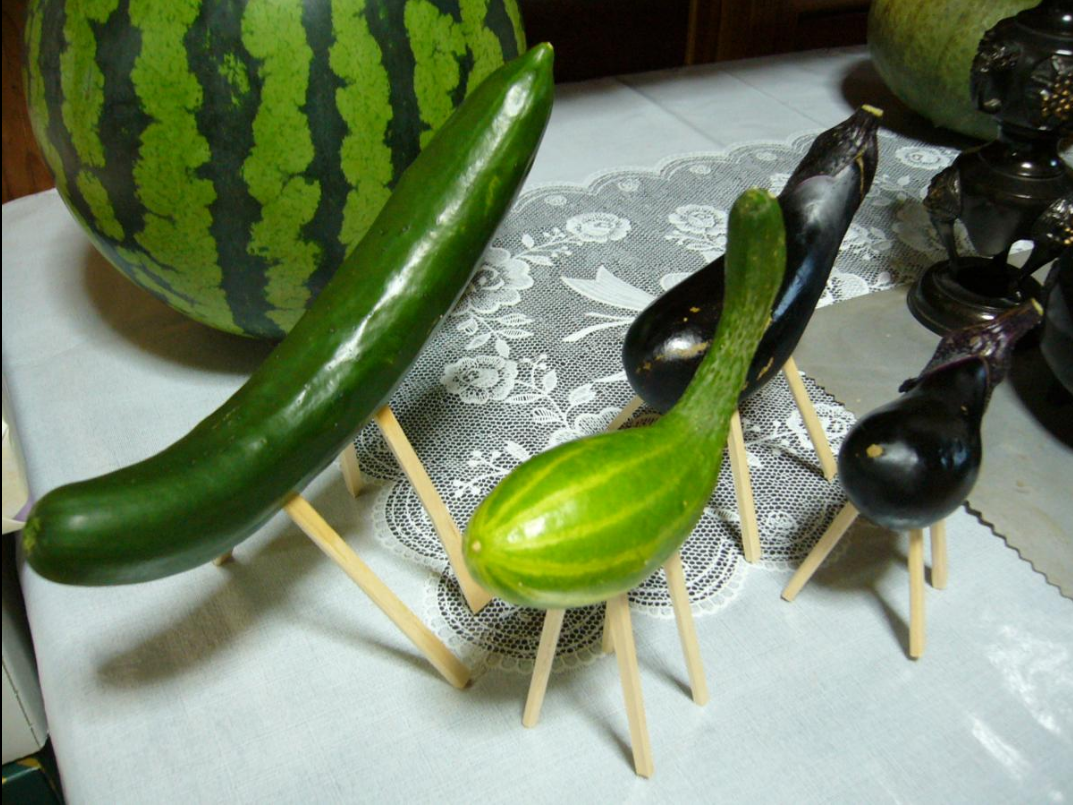
Another significant ritual practiced during the Obon festival in Japan is to craft a cucumber horse and eggplant cow, known as shōryō uma (精霊馬, "spirit horse") or ushi uma (牛馬, "cow horse"),[4][5] that act as a vessel for the ancestors to come back home and return, respectively.[6]
1.1. Etymology
The Japanese word obon is composed of the honorific prefix o- and the word bon. The bon portion is from the longer Japanese names Urabon (盂蘭盆) or Urabon'e (盂蘭盆会), in turn from the Chinese terms 盂蘭盆 (Yúlánpén) or 盂蘭盆會 (Yúlánpénhuì).
The Chinese terms are often described as deriving from Sanskrit ullambana meaning "hanging upside down", in reference to souls suffering in hell.[7] However, the Sanskrit word was sparsely, if at all, attested;[8] in addition, it would be the present participle of verb Sanskrit ullamb ("to hang", intransitive), with no inherent "upside-down" meaning.[9][10]
Moreover, neither the purported meaning of "hanging upside-down" nor the verifiable meaning of "hanging" match the semantics very well, given that the urabon ceremonies are about helping the dead, closer in meaning to the "helping" sense of the Pali verb ullumpana ("raising, helping"), present participle of ullumpati ("to raise up, to help").[11] This suggests that explanations of the dead hanging upside-down in hell are more likely to be folk etymologies based on a mistaken connection to the Sanskrit verb, rather than a more direct semantic link to the Pali. Alternatively, Takakusu Junjiro[8] propounded that the origin was in fact Pali ullumbana, a colloquial corruption of the Pali ullumpana ("raising up; saving; helping"), and that the etymology was mistakenly attributed to Sanskrit.
2. Bon Odori
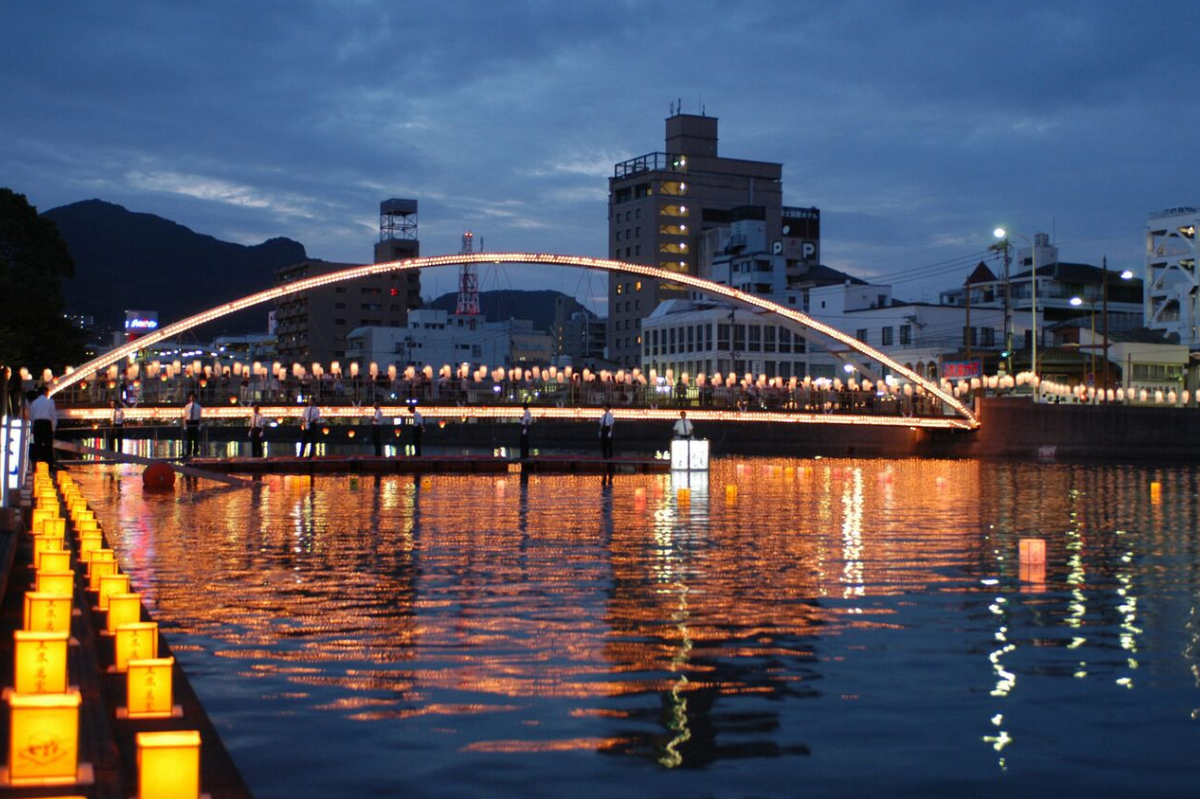
Bon Odori (盆踊り), meaning simply "Bon dance", is a style of dancing performed during Obon. It is a folk entertainment, which has a history of nearly 600 years.[12] Originally a Nenbutsu folk dance to welcome the spirits of the dead, the style of celebration varies in many aspects from region to region. Each region has a local dance, as well as different music. The music can be songs specifically pertinent to the spiritual message of Obon, or local min'yō folk songs. Consequently, the Bon dance appears different from region to region. Hokkaidō is known for the folk-song "Sōran Bushi". The song "Tokyo Ondo" takes its namesake from the capital of Japan. "Gujo Odori" in Gujō in Gifu Prefecture is famous for all night dancing. "Gōshū Ondo" is a folk song from Shiga Prefecture. Residents of the Kansai area will recognize the famous "Kawachi Ondo". Tokushima in Shikoku is very famous for its "Awa Odori", and in the far south, one can hear the "Ohara Bushi" of Kagoshima.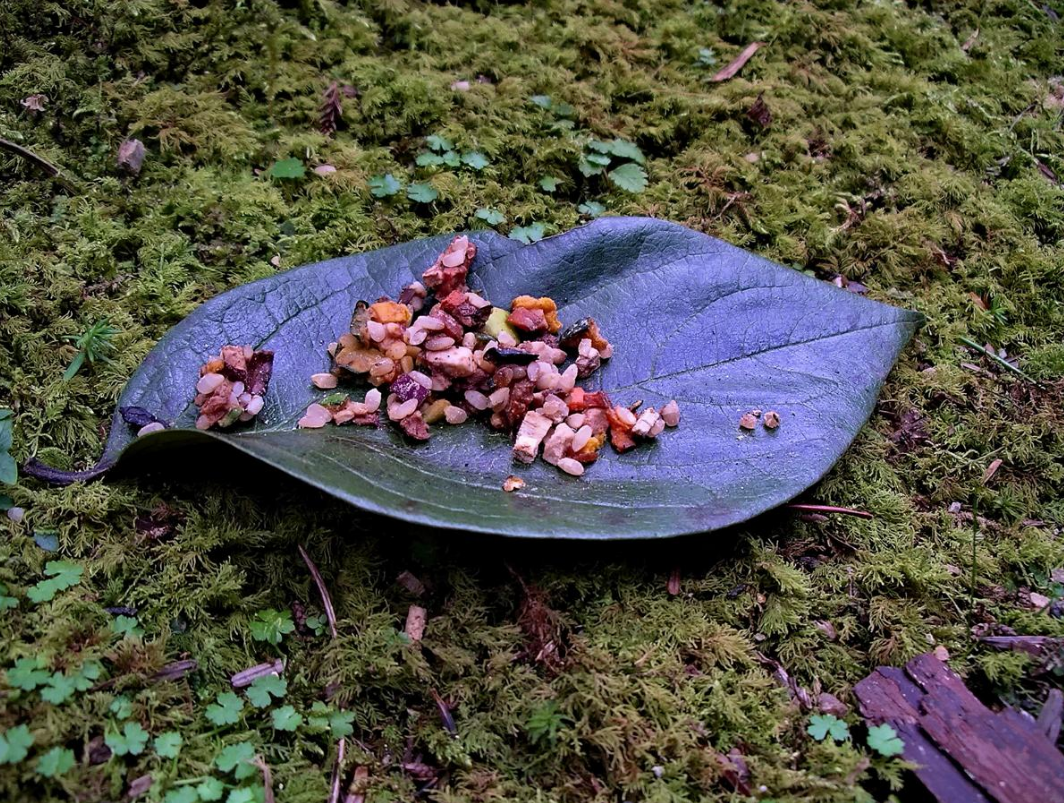
The way in which the dance is performed is also different in each region, though the typical Bon dance involves people lining up in a circle around a high wooden scaffold made especially for the festival called a yagura. The yagura is usually also the bandstand for the musicians and singers of the Obon music. Some dances proceed clockwise, and some dances proceed counter-clockwise around the yagura. Some dances reverse during the dance, though most do not. At times, people face the yagura and move towards and away from it. Still some dances, such as the Kagoshima Ohara dance, and the Tokushima Awa Odori, simply proceed in a straight line through the streets of the town.
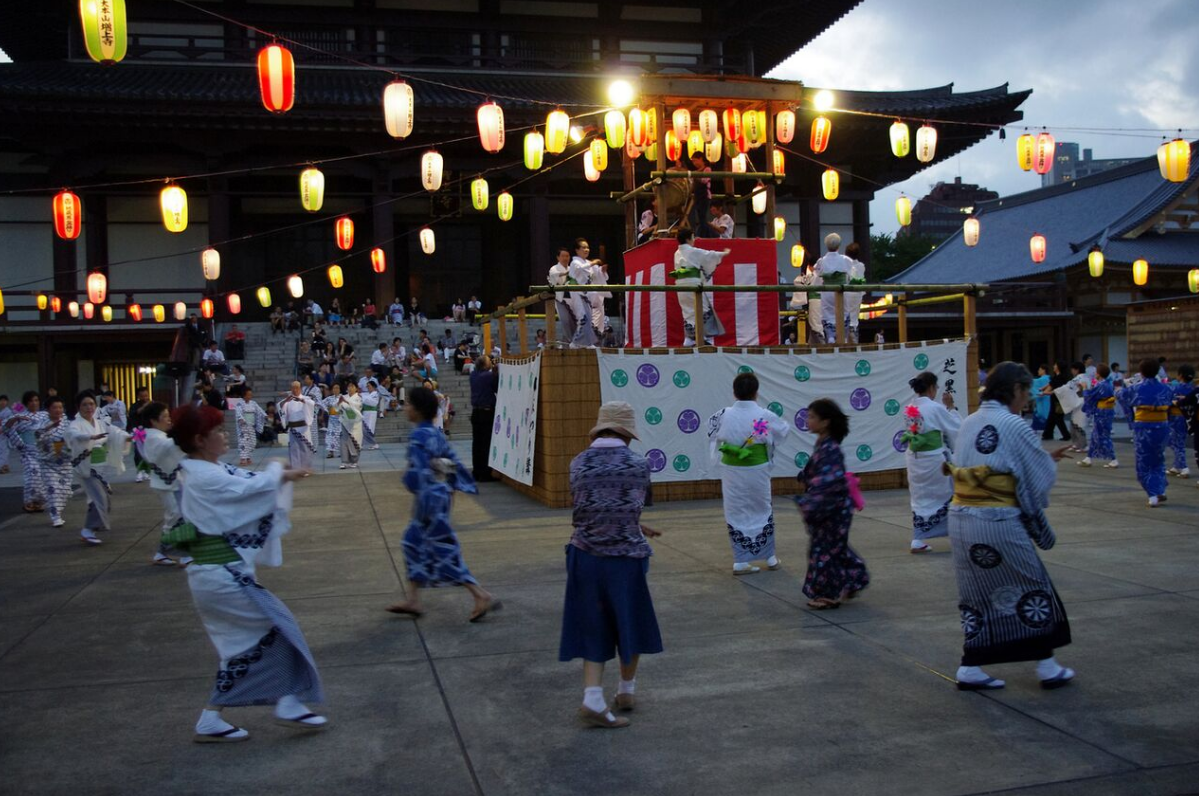
The dance of a region can depict the area's history and specialization. For example, the movements of the dance of the Tankō Bushi (the "coal mining song") of old Miike Mine in Kyushu show the movements of miners, i.e. digging, cart pushing, lantern hanging, etc.; the above-mentioned Soran Bushi mimics the work of fishermen such as hauling in the nets. All dancers perform the same dance sequence in unison.
There are other ways in which a regional Bon dance can vary. Some dances involve the use of different kinds of fans, others involve the use of small towels called tenugui which may have colourful designs. Some require the use of small wooden clappers, or "kachi-kachi", during the dance.
The music that is played during the Bon dance is not limited to Obon music and min'yō; some modern enka hits and kids' tunes written to the beat of the ondo are also used to dance to during Obon season.
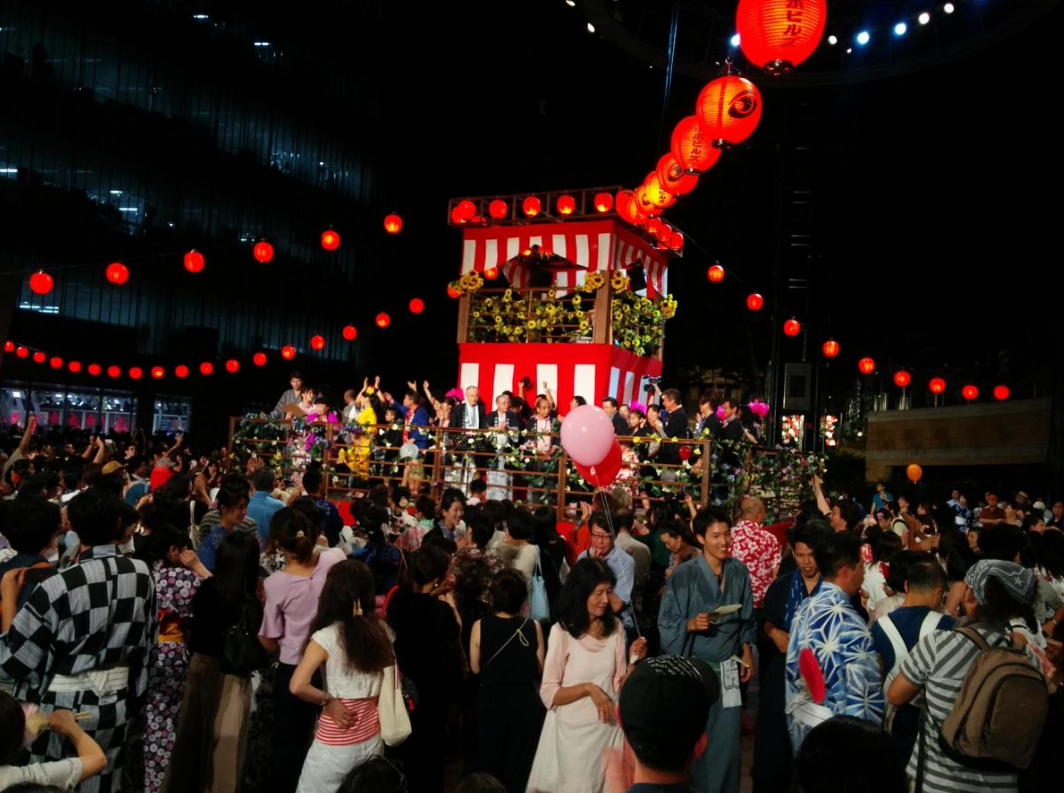
The Bon dance tradition is said to have started in the later years of the Muromachi period as a public entertainment. In the course of time, the original religious meaning has faded, and the dance has become associated with summer.
The Bon dance performed in the Okinawa Islands is known as eisā. Similarly, the Yaeyama Islands have Angama.
3.1. India
Pitri Paksha (literally "fortnight of the ancestors") is a 16–lunar day period in Hindu calendar when Hindus pay homage to their ancestors (Pitrs), especially through food offerings. Pitri Paksha is considered by Hindus to be inauspicious, given the death rite known as Śrāddha or Tarpana performed during the ceremony.
3.2. Korea
The Korean version of the Bon celebration is known as Baekjung. Participants present offerings at Buddhist shrines and temples, and masked dances are performed. It is as much an agricultural festival as a religious one.[13][14]
4. Celebrations Outside Japan
4.1. Philippines
In the Philippines , Filipinos of Japanese descent, with support from the Philippine Nikkei Jin Kai Inc., Philippine Nikkei Jin Kai International School, Mindanao Kokusai Daigaku, and various other Japanese Filipino-based organizations, hold an Obon festival every year along with other Japanese-based Filipino festivals, to celebrate the ancestors of Filipinos of Japanese descent, and to celebrate the friendship between Japan and the Philippines.[15][16]
4.2. Argentina
In Argentina , the Bon Festival is celebrated by Japanese communities during the summer of the southern hemisphere. The biggest festival is held in Colonia Urquiza, in La Plata. It takes place on the sports ground of the La Plata Japanese School. The festival also includes taiko shows and typical dances.[17]
4.3. Brazil
Bon Festival is celebrated every year in many Japanese communities all over Brazil , as Brazil is home to the largest Japanese population outside Japan. São Paulo is the main city of the Japanese community in Brazil, and also features the major festival in Brazil, with street odori dancing and matsuri dance. It also features taiko and shamisen contests. The festival also features a variety of Japanese food and drink, art and dance. Bon is also celebrated in communities of Japanese immigrants and their descendants and friends throughout South America: Bon festivals can be found in the states of Santa Catarina, São Paulo, Goiás, Amazonas, Pará (Tomé-Açu), Mato Grosso, Mato Grosso do Sul, Pernambuco, Bahia, Paraná, Rio Grande do Sul and Brasília.[18]
4.4. Malaysia
In Malaysia, Bon Festival is also celebrated every year in Esplanade, Penang, Shah Alam Stadium in Shah Alam, Selangor, and also Universiti Malaysia Sabah at Kota Kinabalu, Sabah. This celebration, which is a major attraction for the state of Selangor, is the brainchild of the Japanese Expatriate & Immigrant's Society in Malaysia. In comparison to the celebrations in Japan, the festival is celebrated on a much smaller scale in Penang, Selangor and Sabah, and is less associated with Buddhism and more with Japanese culture. Held mainly to expose locals to a part of Japanese culture, the festival provides the experience of a variety of Japanese food and drinks, art and dance, with the vast number of Japanese companies in Malaysia taking part to promote their products.
4.5. United States and Canada
Bon festivals are also celebrated in North America, particularly by Japanese-Americans or Japanese-Canadians affiliated with Buddhist temples and organizations. Buddhist Churches of America (BCA) temples in the U.S. typically celebrate Bon Festival with both religious Obon observances and traditional Bon Odori dancing around a yagura. Many temples also concurrently hold a cultural and food bazaar providing a variety of cuisine and art, also to display features of Japanese culture and Japanese-American history.[19] Performances of taiko by both amateur and professional groups have recently become a popular feature of Bon Odori festivals.[20][21] Bon festivals are usually scheduled anytime between July and September.
Bon Odori melodies are also similar to those in Japan; for example, the dance Tankō Bushi from Kyushu is also performed in the U.S. In California, due to the diffusion of Japanese immigration, Bon Odori dances also differ from Northern to Southern California, and some are influenced by American culture, such as "Baseball Ondo".
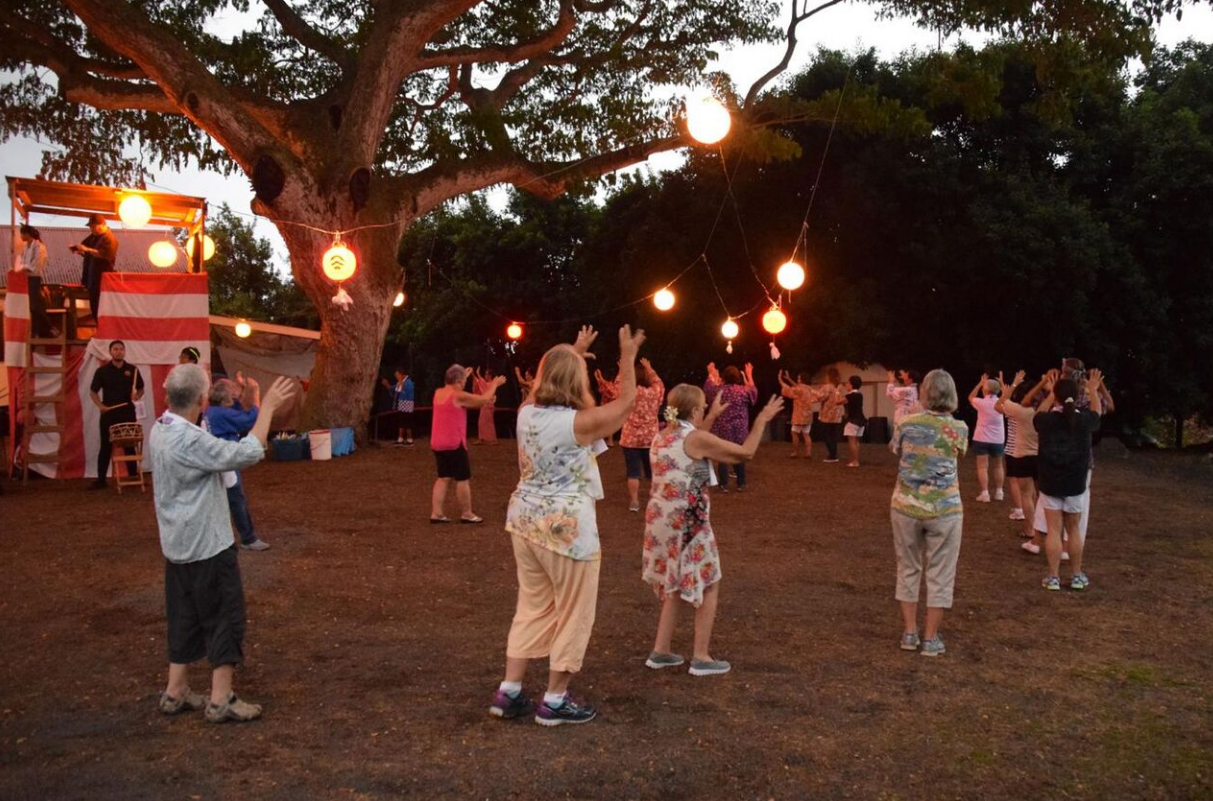
The "Bon season" is an important part of the present-day culture and life of Hawaii. It was brought there by the plantation workers from Japan, and now the Bon dance events are held among the five major islands (Kauai, Oahu, Molokai, Maui and Hawaii) on weekend evenings from June to August. They are held usually at Buddhist missions, but sometimes at Shintoist missions or at shopping centres.[22][23] At some Buddhist missions, the dance is preceded by a simple ritual where the families of the deceased in the past year burn incense for remembrance, but otherwise the event is non-religious. The songs played differ among the regions - one or two hour Bon dance in the Western part of the Big Island (in and around Kailua Kona), for example, typically starts with Tankō Bushi, continues with songs such as Kawachi Otoko Bushi (using wooden clappers), Yukata Odori (using tenugui given at the donation desk), Asatoya Yunta and Ashibina from Okinawa Prefecture (reflecting the fact that many Okinawan descendants live in Hawaii), Pokémon Ondo for children, zumba songs for the young, Beautiful Sunday, etc., and ends with Fukushima Ondo, celebrating abundant harvest.[24] The participants, Japanese descendants and the people of all races, dance in a big circle around the yagura, the central tower set up for the dance, from which recorded songs are broadcast and, most of the time, the taiko group accompany the songs playing drums. In larger cities, Bon dance lessons are given by volunteers before the actual events.[25]
Some Japanese museums may also hold Obon festivals, such as the Morikami Museum[26] in Florida.
In St. Louis, Missouri, the Botanical Garden has hosted a Bon festival over Labor Day weekend every year since 1977. Known as the Japanese festival, it is a collaboration with several Japanese-American organizations, and hosts thousands of people over a three-day period. The festival provides authentic Japanese music, art, dance, food, and entertainment including dancing around a yagura, sumo wrestling, taiko drums, bonsai demonstrations, music played on traditional instruments, several bazaars, food courts with authentic Japanese foods, tea ceremonies, candlelit lanterns released on the lake in the gardens Japanese garden and much more.
References
- What is Obon, 1998, Shingon Buddhist International Institute, California, http://www.shingon.org/library/archive/Obon.html.
- Obon: Japanese festival of the dead, 2000, Asia Society, http://www.asiasource.org/news/at_mp_02.cfm?newsid=27391 .
- HUR, Nam-Lin (2007). Death and Social Order in Tokugawa Japan: Buddhism, Anti-Christianity, and the Danka System. Harvard University Asia Center, 2007. pp. 192. ISBN 9780674025035.
- Nihon Kokugo Daijiten, available online via the Kotobank entry for shōryō uma here (in Japanese) https://kotobank.jp/word/%E7%B2%BE%E9%9C%8A%E9%A6%AC-533696
- Nihon Kokugo Daijiten, available online via the Kotobank entry for ushi uma here (in Japanese) https://kotobank.jp/word/%E7%89%9B%E9%A6%AC-439530#E3.83.87.E3.82.B8.E3.82.BF.E3.83.AB.E5.A4.A7.E8.BE.9E.E6.B3.89
- Sato, Ava. "What is Obon? | Guide to Japanese Halloween 2021 - Japan Truly" (in en). https://japantruly.com/what-is-obon/.
- Chen, K 1968, ‘Filial Piety in Chinese Buddhism’, Harvard Journal of Asiatic Studies, p88.
- Ashikaga, Ensho (1951). "Notes on Urabon ("Yü Lan P'ên, Ullambana")". Journal of the American Oriental Society 71 (1): 71–75. doi:10.2307/595226. https://dx.doi.org/10.2307%2F595226
- ullamb-related entries at SpokenSanskrit.org website http://spokensanskrit.org/index.php?tran_input=ullamb
- ullamb entry at Sanskrit Dictionary website http://sanskritdictionary.com/ullamb/42749/1
- ulllumpana entry at The Pali Text Society's Pali-English Dictionary website https://dsalsrv04.uchicago.edu/cgi-bin/app/pali_query.py?qs=Ullumpana&searchhws=yes
- Guide, Japan Hoppers Travel. "Bon Odori | Cultural traditions | Japan Travel Guide - Japan Hoppers" (in en). https://www.japanhoppers.com/en/all_about_japan/culture/214/.
- MobileReference (2007). Encyclopedia of Observances, Holidays and Celebrations from MobileReference. MobileReference. p. 490. ISBN 978-1-60501-177-6. https://books.google.com/books?id=5VhTa1Eiq7oC&pg=PT490. Retrieved 2 April 2013.
- Dong-Il Cho (2005). Korean Mask Dance. Ewha Womans University Press. p. 49. ISBN 978-89-7300-641-0. https://books.google.com/books?id=dxHQqLz5HBUC&pg=PT49. Retrieved 2 April 2013.
- Cabiluna, Pearl (August 1, 2016). "Bon Odori Festival 2016 Fever Hits Cebu!". Everything Cebu. https://www.everythingcebu.com/entertainment/bon-odori-festival-2016-fever-hits-cebu/.
- "Philippine-Japan Festival 2017". SunStar Cebu. October 27, 2017. https://www.sunstar.com.ph/article/401811/Local-News/Philippine-Japan-Festival-2017.
- "Una tradición que se afirma en la Ciudad", El Día, Sunday, January 9, 2010. http://www.eldia.com.ar/edis/20110109/tapa6.htm
- "Londrina Matsuri 2019 será no início de setembro" (in pt-BR). https://www.londrinatur.com.br/agenda/londrina-matsuri-2019-setembro/.
- Nakao, Annie, "Japanese Americans keeping Obon tradition alive", San Francisco Chronicle, Friday, July 8, 2005 http://www.sfgate.com/cgi-bin/article.cgi?f=/c/a/2005/07/08/PNGNHDCEJA1.DTL
- Schulze, Margaret, "Obon Story: Honoring ancestors, connecting to our community" , in the Nikkei West newspaper, San Jose, California, Vol. 10, No. 14, July 25th, 2002 http://www.taiko.org/obon/obon_basics_nikkei.html
- "Obon Basics" - San Jose Taiko, California http://www.taiko.org/obon/obon_basics.html
- "Hawai'i Summer 2016 Bon Dance Schedule". 6 June 2016. http://www.honolulumagazine.com/Honolulu-Magazine/June-2016/Hawaii-Summer-2016-Bon-Dance-Schedule/.
- "2016 Obon season calendar". 29 May 2016. http://www.staradvertiser.com/features/obon-season/.
- warubozu047 (23 December 2010). "Fukushima Ondo (福島音頭)". https://www.youtube.com/watch?v=i4BhRpA4584.
- Bon Dance Overseas --- Hawaii (in ten web pages) (in Japanese) http://www.bonodori.net/kaigai/hawaii/102.htm
- "Lantern Festival: In The Spirit Of Obon – Morikami Museum and Japanese Gardens". http://morikami.org/cultural-programs/lantern-festival/.




